14 Colorful Plants That Hold Their Shape Through Frost
As the seasons change, many gardeners seek plants that can thrive even when the frost arrives. Some plants, despite the cold, maintain their vibrant colors and shape. These hardy plants add a touch of life to the winter garden. If you are looking for low-maintenance plants that handle the chill, these could be perfect for your garden. Keep reading to discover which ones will brighten up your winter months.
This post may contain affiliate links, which helps keep this content free. Please read our disclosure for more info.
Winterberry Holly (Ilex verticillata)
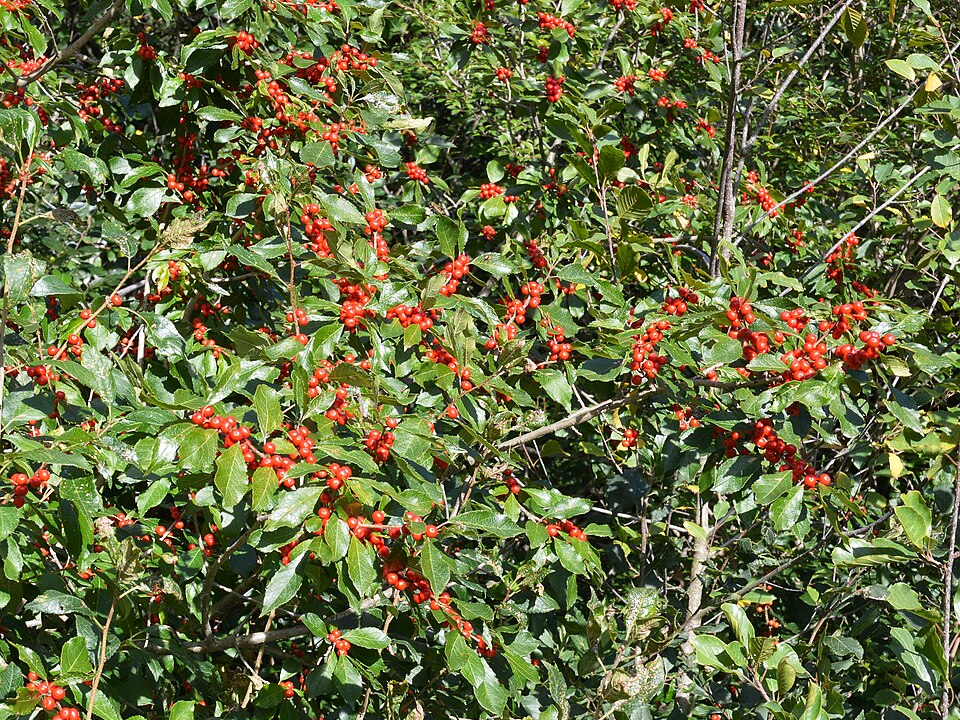
Winterberry Holly is known for its vibrant red berries that stand out against the bare winter landscape. This deciduous shrub can thrive in frost, with its bright fruit providing a pop of color even in the coldest months. While the plant sheds its leaves, the berries remain a striking feature, attracting birds and adding a touch of nature’s vibrancy to the garden. These berries can last through the winter, making them a favorite for gardeners looking to add long-lasting color.
This plant grows well in wet soils and is hardy in zones 3-9. It prefers full sun to partial shade and is often used in hedges or as a specimen plant. Winterberry Holly is easy to care for and requires minimal maintenance. Its ability to handle frost makes it an excellent choice for any winter garden.
Hellebores (Helleborus spp.)
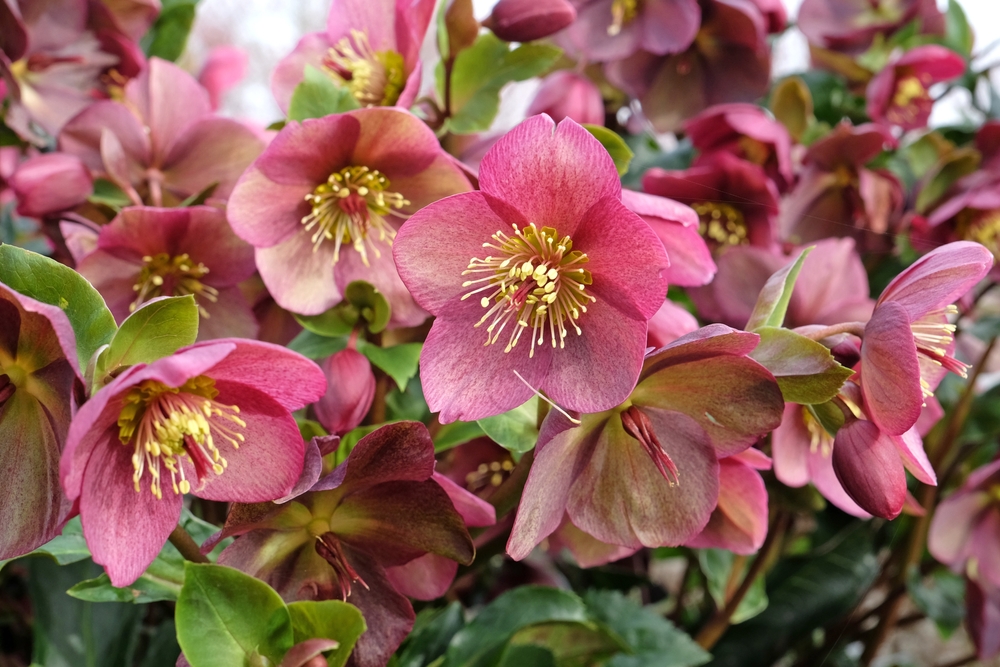
Hellebores, also known as Lenten roses, are among the few plants that bloom through winter. Their large, cup-shaped flowers come in a range of colors, including white, pink, purple, and even green, creating a colorful display when other plants are dormant. These plants are perfect for adding a burst of color to shaded areas in the garden. Their sturdy petals can withstand frost, providing beauty even on the coldest days.
Growing best in zones 4-9, Hellebores are ideal for woodland gardens and areas with partial to full shade. They prefer well-drained soil and are low-maintenance, making them great for gardeners of all skill levels. These plants are also known for their long flowering period, often lasting from late winter to early spring. Their ability to bloom in the harshest of conditions makes them a true standout in any winter garden.
Coral Bells (Heuchera spp.)
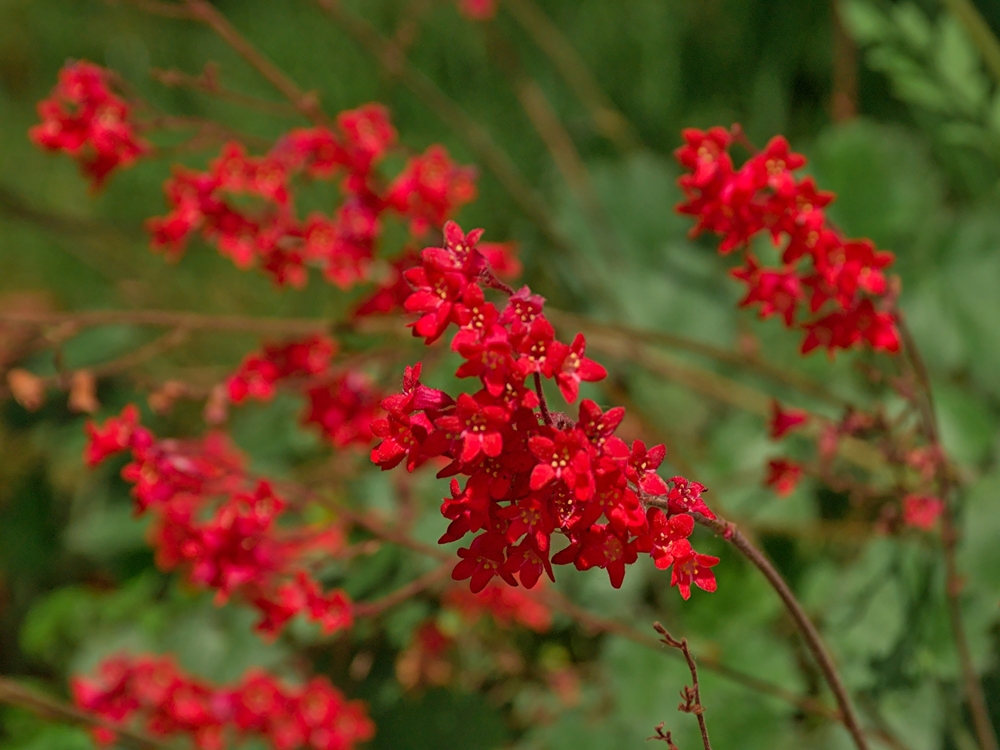
Coral Bells are colorful perennial plants known for their striking foliage that remains vibrant through the winter. While the flowers may fade, the leaves continue to bring a rich mix of colors, from deep reds to lime greens. These plants are perfect for adding texture and color to your garden beds. Their ability to withstand frost makes them perfect for gardeners who want a colorful display throughout the cold months.
Coral Bells thrive in partial shade and prefer well-drained, moist soil. They are hardy in zones 4-9 and can be grown in containers or in the ground. These plants are known for their low-maintenance nature and can tolerate a range of conditions. Their colorful leaves create a beautiful contrast with the winter landscape, adding interest and brightness.
Dogwood (Cornus spp.)

Dogwoods are known for their striking red and yellow stems, which provide vibrant color during the colder months. These deciduous shrubs and small trees can hold their shape through frost, even without their leaves. The colorful stems remain visible and create an eye-catching feature in the garden. The contrast between the colorful stems and the bare winter branches is a perfect addition to any winter landscape.
Dogwoods thrive in zones 4-8 and prefer well-drained soil with full sun or partial shade. They are easy to care for and can be planted in both residential gardens and larger landscapes. While the colorful stems are the highlight in winter, dogwoods also offer stunning blooms in spring and attractive foliage in fall. Their ability to withstand frost while maintaining color makes them a perfect winter garden plant.
Evergreen Azaleas (Rhododendron spp.)
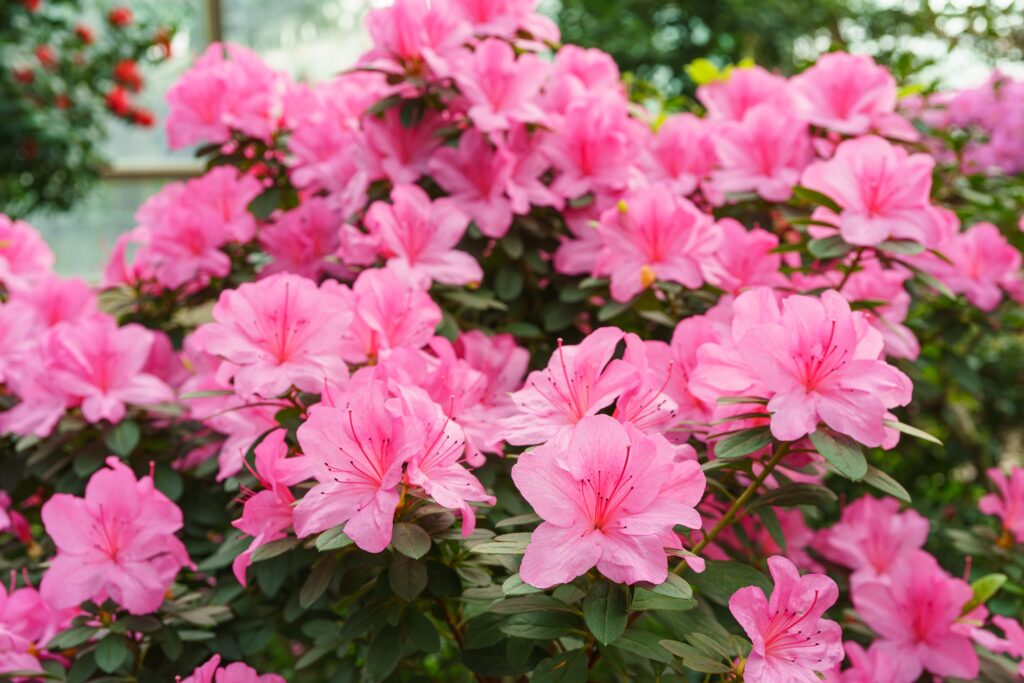
Evergreen Azaleas provide a pop of color throughout the year, including during the colder months. These hardy shrubs maintain their leaves through the winter, often with a reddish or purplish tint that holds its color through frost. Their vibrant blooms, which appear in early spring, make them a striking choice for adding long-lasting color to the garden. These plants thrive in both sunny and partially shaded locations.
They grow well in zones 6-9 and prefer acidic, well-drained soil. Evergreen Azaleas are low-maintenance, requiring only occasional pruning to maintain their shape. The glossy, dark green foliage adds year-round interest to the garden, while the early spring flowers make them one of the first plants to bloom. Their resilience through frost makes them a staple in any cold-weather garden.
Ornamental Kale (Brassica oleracea)

Ornamental Kale is a unique, frost-tolerant plant known for its vibrant, multicolored leaves. The colors range from deep purple to white, often with fringed edges that create a beautiful contrast against the winter landscape. The plant’s ability to hold its shape through frost makes it a perfect addition to winter flower beds and containers. Its decorative leaves continue to thrive, even after a light snowfall.
This plant grows best in full sun to partial shade and thrives in zones 2-10. Ornamental Kale prefers well-drained soil and cooler temperatures, making it a great choice for fall and winter gardening. It is often used in borders, containers, or as a striking focal point in gardens. Its ability to endure frost while keeping its vibrant colors intact adds a splash of life to winter gardens.
Winter Jasmine (Jasminum nudiflorum)
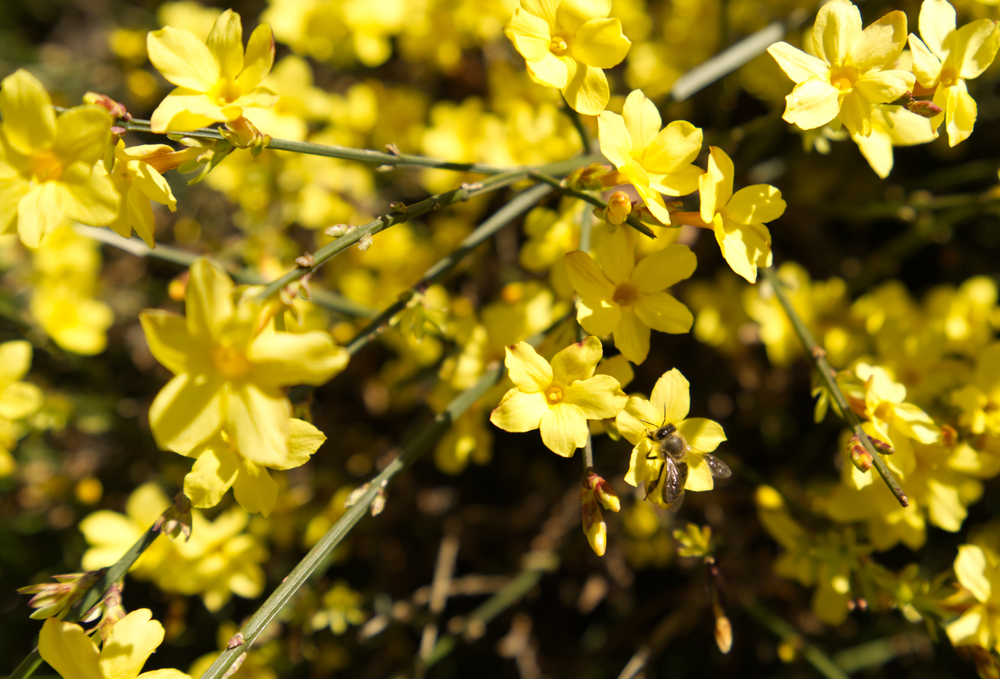
Winter Jasmine is a hardy shrub that blooms during the coldest months, offering bright yellow flowers that stand out against the frosty landscape. The plant’s branches can withstand frost, and the cheerful blooms appear before the leaves even sprout. The bright yellow flowers contrast beautifully with the gray, winter skies, making it a welcome addition to any garden. It is perfect for adding color and life during the cold season.
Winter Jasmine grows well in zones 6-9 and prefers full sun to partial shade. It thrives in well-drained, slightly acidic soil and is known for its ability to tolerate cold temperatures. The plant’s winter blooms bring a cheerful touch to the garden, while its flexibility makes it easy to grow. Its frost-resistant nature makes it a top choice for gardeners looking to add color in the winter months.
Blue Fescue (Festuca glauca)
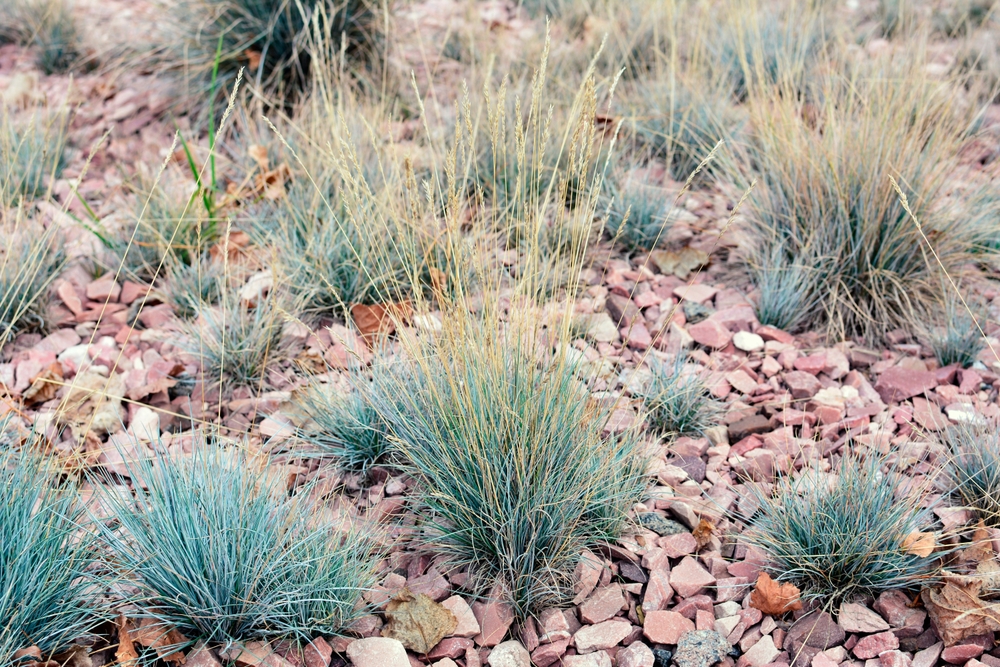
Blue Fescue is a compact, ornamental grass known for its silvery-blue foliage that remains vibrant through frost. This grass is perfect for adding a cool, calm tone to garden beds and containers, even during winter. Its fine texture and compact size make it ideal for borders or as ground cover. The striking blue color stands out against the typical muted winter tones, providing much-needed contrast.
Blue Fescue thrives in zones 4-8 and prefers full sun and well-drained soil. It is drought-tolerant and low-maintenance, making it an excellent choice for gardeners who want a hardy plant with minimal upkeep. The plant’s ability to maintain its color through the winter months adds interest to any frost-covered garden. Its striking appearance and frost resilience make it a perfect choice for winter landscapes.
Siberian Iris (Iris sibirica)

Siberian Iris is a tough perennial that thrives in a range of climates and can withstand frost. Its narrow, sword-like leaves remain upright through the winter, holding their shape even after a hard frost. The plant’s blue and purple flowers bloom in early summer, but its foliage remains attractive through the colder months. The contrast between the stiff foliage and the soft snow creates a beautiful and peaceful scene in the garden.
Siberian Iris grows best in zones 3-9 and prefers moist, well-drained soil. It tolerates both full sun and partial shade, making it a versatile option for any garden. This iris variety is particularly known for its ability to endure harsh winter conditions without losing its shape. The plant’s sturdy structure and vibrant spring blooms make it a valuable addition to any garden.
Lavender (Lavandula spp.)
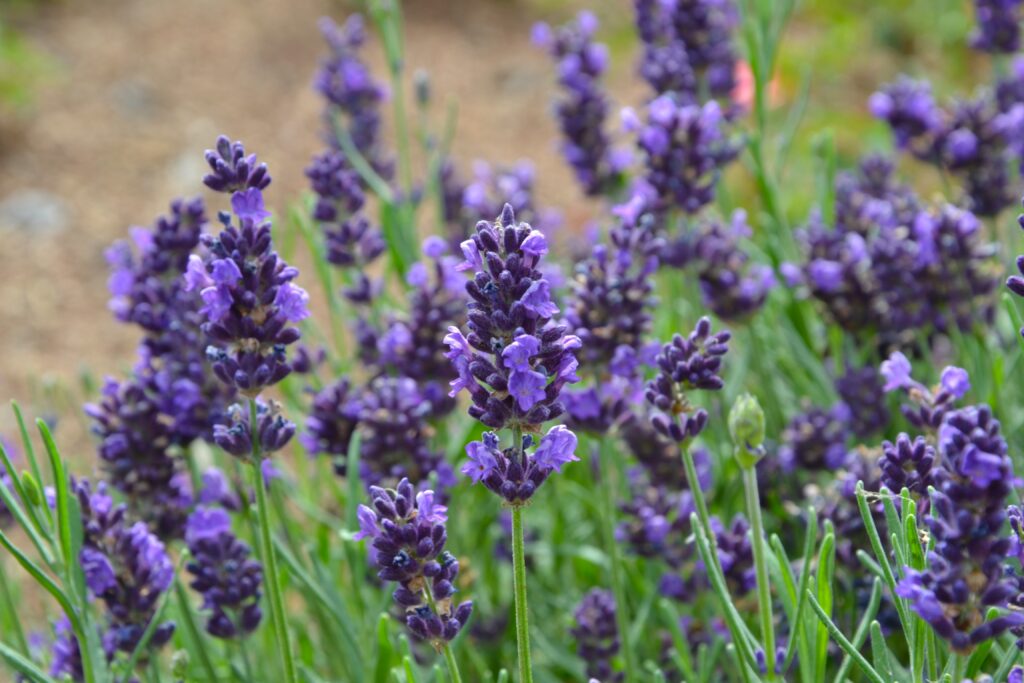
Lavender is not only a fragrant addition to the garden but also a hardy plant that can withstand frost. While its blooms may fade in winter, the silvery-green leaves remain intact, adding color to your garden. Its compact growth habit and vibrant foliage make it an excellent choice for both formal and informal landscapes. The plant’s resilience through the cold months makes it an enduring favorite.
Lavender thrives in zones 5-9 and prefers full sun and well-drained soil. It is known for its drought tolerance and ability to handle poor soil, making it an easy plant to grow. Lavender’s scent and beauty draw pollinators, especially bees, and its leaves can persist through frost. This plant’s ability to hold its shape during winter months adds charm to the garden, even when temperatures drop.
Boxwood (Buxus spp.)
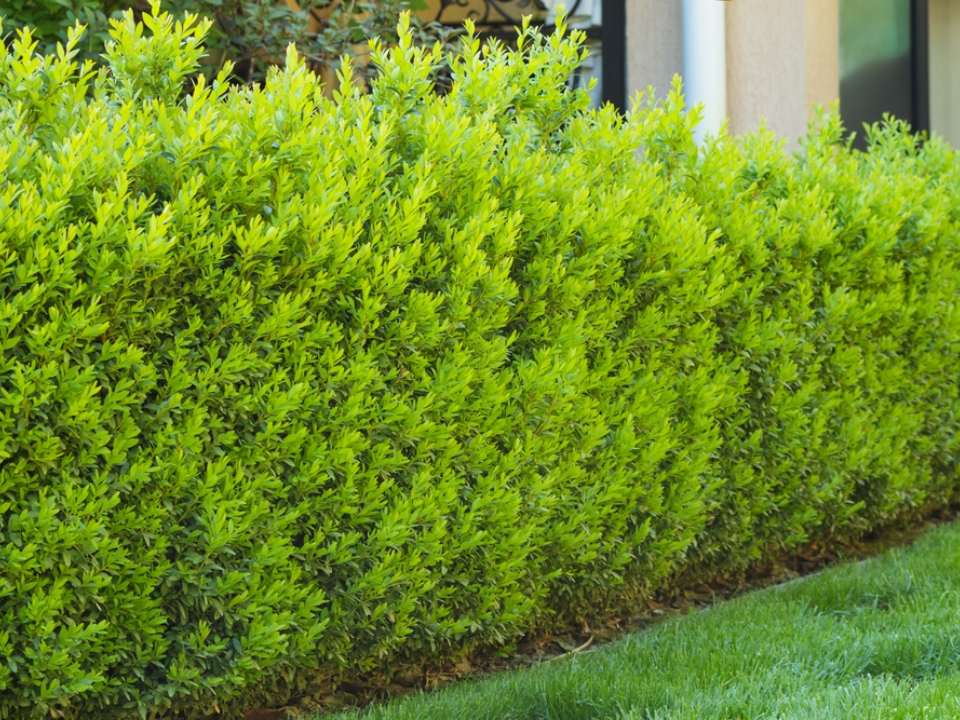
Boxwood is a classic evergreen shrub known for its dense, dark green foliage that holds its shape through winter. This plant’s compact form makes it ideal for hedges, topiary, or as an accent in garden beds. Its small, rounded leaves provide consistent color even when the frost arrives, maintaining its appearance despite the cold. Boxwood’s ability to endure winter conditions while staying green makes it a staple in many winter gardens.
Boxwood grows well in zones 5-9 and prefers full sun to partial shade. It thrives in well-drained, fertile soil and is easy to prune, allowing for shaping and maintaining its compact form. This plant is low-maintenance and can tolerate a wide range of growing conditions. Its resistance to frost and ability to maintain its dense foliage through the winter make it a reliable choice for adding structure to the garden.
Red Twig Dogwood (Cornus sericea)

Red Twig Dogwood is known for its striking red stems, which stand out beautifully against the winter snow. Even when the leaves are gone, the plant’s vivid twigs remain, creating a dramatic effect in the garden. This shrub thrives in cold conditions and provides year-round interest with its vibrant color. Its hardiness through frost and its ability to add texture to the garden make it a valuable plant for winter landscapes.
This plant grows well in zones 3-8 and prefers moist, well-drained soil. Red Twig Dogwood does well in full sun to partial shade and is often used in winter gardens to provide a burst of color. It is easy to grow and low-maintenance, requiring minimal care to thrive. Its ability to hold its colorful stems through winter makes it a standout feature in any frosty garden.
Autumn Blaze Maple (Acer × freemanii)
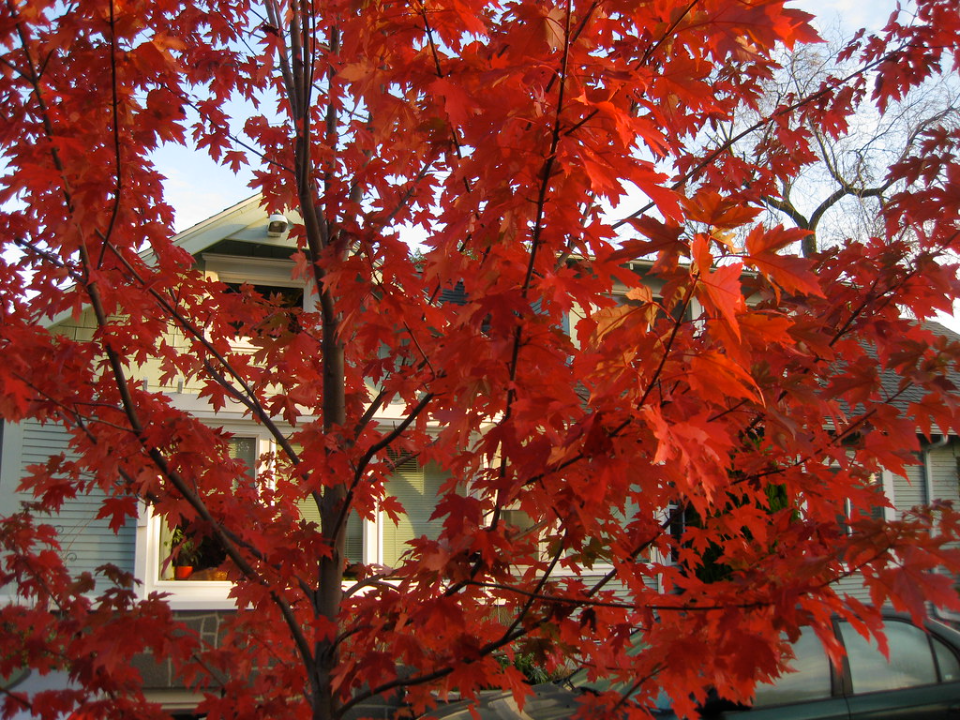
Autumn Blaze Maple is known for its stunning fall foliage, which often turns brilliant red and orange. While its leaves may drop in winter, its strong, sturdy branches maintain their shape through the frost. The tree’s broad canopy and vibrant colors add visual interest to the garden during autumn and well into the cold months. Even in the dead of winter, its framework adds depth and structure to the landscape.
Autumn Blaze Maple thrives in zones 4-8 and prefers full sun for the best color display. It grows well in a variety of soil types, though it prefers well-drained, moist soil. The tree is fast-growing and relatively low-maintenance, making it an excellent choice for homeowners looking to add a colorful and resilient tree to their garden. Its ability to hold its structure through winter makes it an enduring favorite for cold-weather landscapes.
Viburnum (Viburnum spp.)
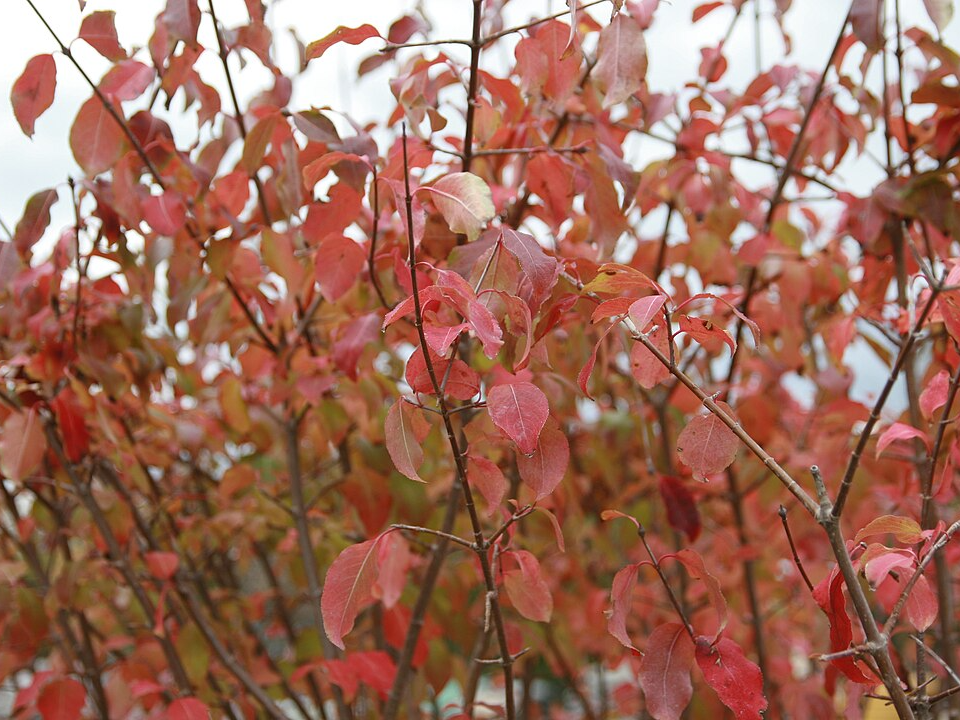
Viburnum is a versatile shrub known for its colorful berries and attractive foliage that hold strong through the winter months. The berries often stay on the plant throughout the cold season, adding a touch of brightness to your garden. In addition to its colorful fruit, the shrub’s glossy leaves remain intact, offering texture and interest. Viburnum’s frost resilience makes it a reliable option for winter gardens.
This plant grows well in zones 3-8 and thrives in full sun to partial shade. Viburnum prefers well-drained, moist soil and is relatively low-maintenance. It offers year-round interest, with blooms in spring, fruit in fall, and colorful foliage in winter. Its ability to retain its vibrant berries and leaves through frost makes it an attractive choice for gardeners looking to brighten their winter landscapes.
This article originally appeared on Avocadu.
